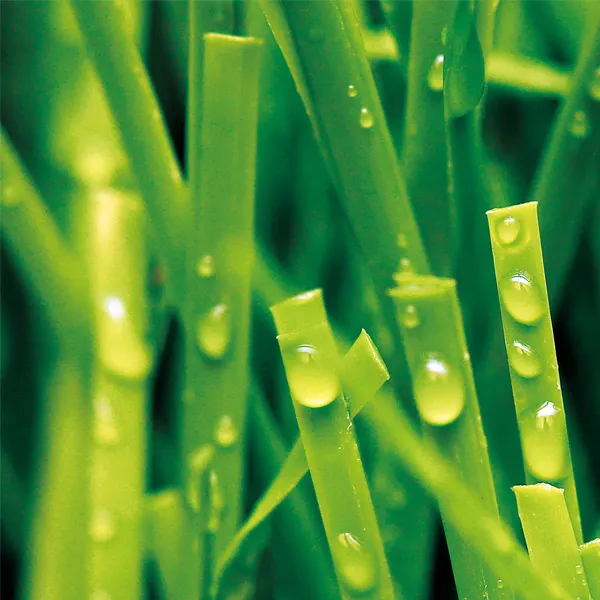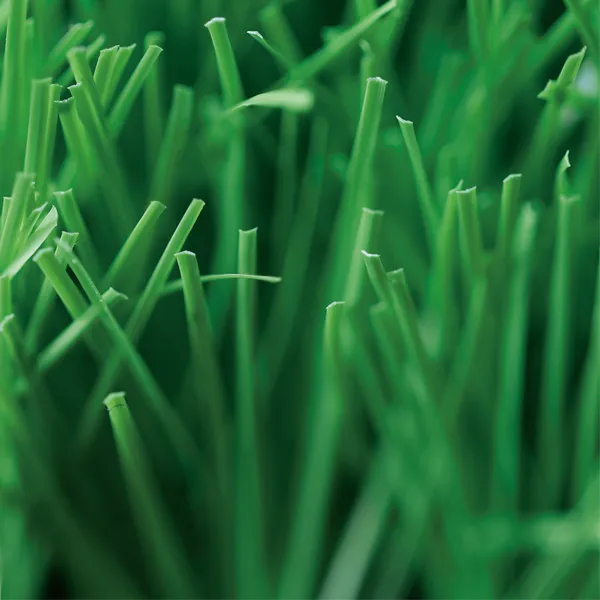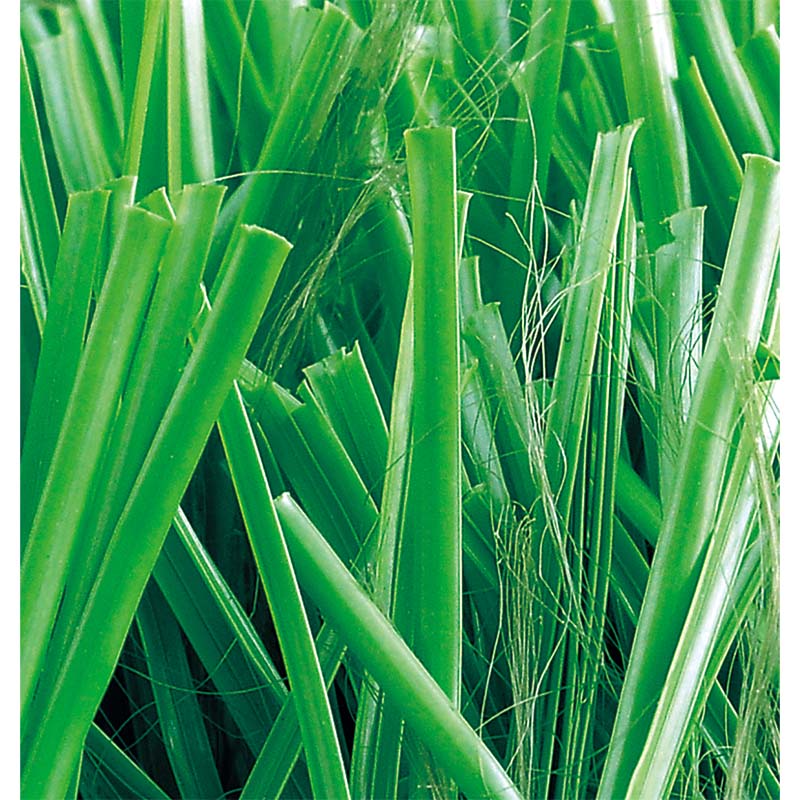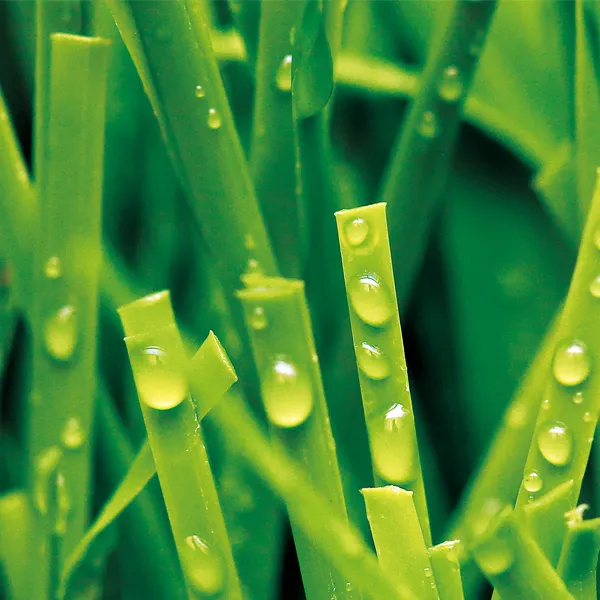Introduction to Artificial and Natural Grass

Grass is an integral part of many environments, from residential lawns to sports fields. With advancements in technology, artificial grass has gained popularity as a viable alternative to natural grass. Understanding the differences between artificial and natural grass is crucial for making an informed decision, especially when considering options like football field turf for sale. This article will explore the key differences, focusing on maintenance, cost, environmental impact, and suitability for athletic use, with a particular emphasis on artificial soccer turf.
Maintenance Requirements on Natural Grass
Maintaining natural grass requires significant effort and resources. Regular tasks include mowing, watering, fertilizing, and pest control to ensure the grass remains healthy and lush. Seasonal care, such as aeration and overseeding, is also necessary to address issues like compaction and thinning. These maintenance activities demand time, labor, and financial investment, making natural grass less convenient for large areas like football fields.
Maintenance Requirements on Artificial Grass
In contrast, artificial grass is much easier to maintain. Once installed, it requires minimal upkeep. Occasional brushing to keep the fibers upright and periodic rinsing to remove dirt and debris are typically sufficient. This low-maintenance nature makes artificial soccer turf an attractive option for sports fields, where consistent playability and appearance are essential. Additionally, artificial turf does not require watering, fertilizing, or mowing, significantly reducing maintenance costs and efforts.
Initial and Long-term Costs of Artificial Grass
The initial cost of installing natural grass is generally lower than that of artificial turf. However, the ongoing maintenance costs can add up over time. Expenses related to watering, mowing, fertilizing, and pest control must be considered. For large areas, such as football fields, these recurring costs can become quite substantial, making natural grass a more expensive option in the long run.
Although the initial installation cost of artificial turf is higher, it often proves to be more cost-effective in the long term. With minimal maintenance requirements and no need for watering or fertilizing, artificial grass can save significant amounts of money over time. For those looking for football field turf for sale, investing in artificial turf can be a financially prudent decision, offering lower lifetime costs compared to natural grass.
Environmental Impact of Artificial Grass
Natural grass has both positive and negative environmental impacts. On the positive side, it provides habitat for various organisms and contributes to carbon sequestration. However, maintaining natural grass can strain local water resources, especially in drought-prone areas. The use of fertilizers and pesticides can also lead to soil degradation and water pollution, impacting the surrounding environment negatively.
Artificial grass offers several environmental benefits, such as reducing water usage and eliminating the need for chemical fertilizers and pesticides. However, it also has some negative impacts. The production of synthetic materials used in artificial turf can be resource-intensive and generate greenhouse gases. Additionally, at the end of its life, artificial turf can contribute to plastic waste if not properly recycled. Thus, it is essential to consider these factors when evaluating the environmental sustainability of artificial soccer turf.
Artificial Grass for Athletic Use
Natural grass has long been the preferred surface for many sports, including football and soccer. It provides a soft, cushioned playing surface that can reduce the risk of injuries. However, natural grass is prone to wear and tear, especially in high-traffic areas like goal mouths and center fields. Maintaining a high-quality natural grass field for sports can be challenging and costly, requiring regular repair and reseeding.
Artificial turf has become increasingly popular for athletic fields due to its durability and consistent performance. It can withstand heavy use and harsh weather conditions without significant degradation. Modern artificial turfs are designed to mimic the feel and playability of natural grass, providing a suitable surface for various sports. For those looking for football field turf for sale, artificial turf offers a reliable and low-maintenance solution that ensures year-round playability. Additionally, artificial turf can be used in various weather conditions, ensuring fewer game cancellations and better scheduling flexibility.
Choosing between artificial and natural grass involves considering various factors such as maintenance requirements, costs, environmental impact, and suitability for athletic use. Natural grass requires significant maintenance and has both positive and negative environmental impacts. In contrast, artificial grass offers low maintenance and consistent performance, though it comes with higher initial costs and some environmental concerns. For athletic fields, especially football and soccer, artificial turf provides a durable and reliable surface that can handle heavy use and varying weather conditions. When considering football field turf for sale, artificial soccer turf stands out as a practical and cost-effective choice for ensuring optimal playing conditions throughout the year.
With years of expertise in artificial grass, we're dedicated to providing eco-friendly, durable, and aesthetically pleasing solutions.
Our commitment to quality and customer satisfaction shapes every blade of grass we produce,
ensuring that we not only meet, but exceed,your landscaping expectations.




